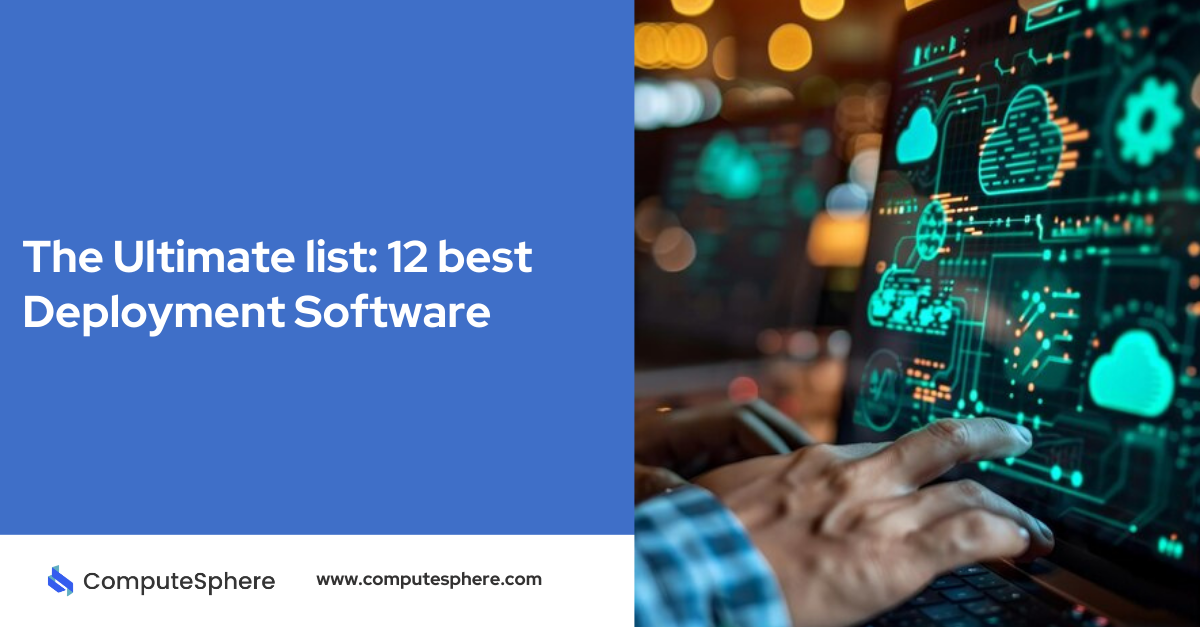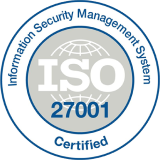Enterprise Cloud Computing Strategies: Scalability, Security, and Cost Optimization

Cloud computing isn't just a technological shift, it's the new foundation for modern business success. But simply migrating your operations to the cloud isn't enough. To truly set its transformative potential, you need a planned approach that equals capability, security, and cost optimization.
This article is a thorough analysis of the strategic aspects of enterprise cloud computing, with more focus on scalability, security, and cost optimization. By understanding and implementing these strategies, businesses can enable the full potential of the cloud to a greater extent.
Scalability in Enterprise Cloud Computing
Scalability fundamentally improves cloud computing, allowing systems to handle increasing workloads by adding resources. As businesses grow, their computing needs also increase. Without scalability, a company's IT infrastructure quickly becomes swamped, leading to performance issues and hindering growth.
To achieve scalability, you should adopt several key strategies. First, you can use auto-scaling features offered by cloud service providers to dynamically adjust resources based on demand. This keeps applications responsive during peak times and scales them down during off-peak periods to save costs. Additionally, by implementing a microservices architecture, you can break down applications into smaller, independent services that can be scaled individually. This modular approach enhances flexibility and resilience, making it easier to manage and scale applications.
Furthermore, cloud-native services, such as serverless computing and containerization, play an important role in scalability. Serverless computing allows developers to run code without provisioning or managing servers, automatically scaling based on the number of requests. Containerization, on the other hand, packages applications and their dependencies into containers, ensuring consistency across different environments and simplifying scaling processes.
Security in Enterprise Cloud Computing

Security is key in cloud technology, where data breaches and cyber-attacks can have devastating consequences. As your enterprise moves sensitive data and critical applications to the cloud, you must implement powerful security measures to protect your assets.
A comprehensive security strategy begins with understanding the potential threats and vulnerabilities. Businesses must stay informed about the latest security trends and continuously assess their cloud environment for risks. Identity and access management (IAM) is a critical component, ensuring that only authorized users have access to sensitive data and applications. Implementing multi-factor authentication (MFA) adds an extra layer of security, making it more difficult for unauthorized users to gain access.
Another essential aspect of cloud security is data encryption. Encrypting data both at rest and in transit allows organizations to protect sensitive information from unauthorized access. Regular security audits and monitoring detect and respond to threats promptly, ensuring that security measures remain effective over time.
Additionally, organizations can improve cloud security by adopting a zero-trust security model. This approach assumes that threats can exist both inside and outside the network, requiring verification for every access request. Continuous monitoring and validation of user and device activity help maintain a secure environment.
Cost Optimization in Enterprise Cloud Computing

While the cloud offers numerous benefits, it can also lead to unexpected expenses if not managed properly. Cost optimization is, therefore, a critical aspect of a successful cloud strategy, enabling businesses to maximize their return on investment.
Understanding the various cost factors associated with cloud computing is the first step toward optimization. So, cloud costs can include computing power, storage, data transfer, and additional services. Unlike traditional capital expenditures (CapEx), which involve large upfront investments, cloud costs are typically operational expenses (OpEx), paid on a pay-as-you-go basis. This shift requires a different approach to budgeting and financial planning.
Several strategies can help you optimize your cloud costs. Using cost management tools provided by cloud service providers allows you to monitor and analyze spending. These tools offer insights into usage patterns and identify areas where costs can be reduced. Rightsizing resources is another effective strategy.
Using reserved instances and spot instances can also lead to significant cost savings. Reserved instances involve committing to a specific amount of computing capacity over a one- or three-year term, often at a discounted rate. Spot instances, on the other hand, allow businesses to bid on unused cloud capacity at lower prices. While these instances can be interrupted, they are ideal for non-critical workloads and batch processing.
Additionally, implementing policies and automation to manage cloud resources efficiently can further reduce costs. For example, automated scaling policies can ensure that resources are scaled down during periods of low demand, while tag-based policies can track and manage resources based on their usage and costs.
Integrating Scalability, Security, and Cost Optimization
Achieving a balanced approach to scalability, security, and cost optimization is crucial for a successful cloud strategy. These three pillars are interconnected, and decisions in one area can impact the others. For instance, implementing strong security measures may incur additional costs, but they are necessary to protect valuable data and maintain compliance.
To integrate these elements effectively, businesses must adopt a holistic approach to cloud management. This includes using tools and frameworks that support comprehensive cloud governance. Cloud management platforms can provide a unified view of resources, costs, and security, enabling organizations to make the best decisions.
Transitioning to the cloud is a continuous process, requiring regular review and adjustment of strategies. By staying proactive and adaptable, businesses can ensure that their cloud environment remains scalable, secure, and cost-efficient.
Conclusion
Enterprise cloud computing is a dynamic and growing field, with scalability, security, and cost optimization forming the backbone of successful cloud strategies. So, it becomes more important to understand and implement the right strategies, enabling businesses to steer the complexities of the cloud and achieve their set goals. The future of cloud computing holds even greater advancements, and staying glued to these trends will be crucial for continued success.
As you evaluate your current cloud strategies, consider the insights shared above to improve your approach. With the right balance of scalability, security, and cost optimization, your business can also rise in the cloud and drive the innovation and results you desire.
Contents
Built for Builders. Priced for Startups.
Tired of unpredictable cloud bills? ComputeSphere offers modular, fixed-cost cloud hosting that grows with your startup—no DevOps headaches, no surprises.
Get StartedShare this article
Browse Some Related Blogs
Relevant and related contents you can read









